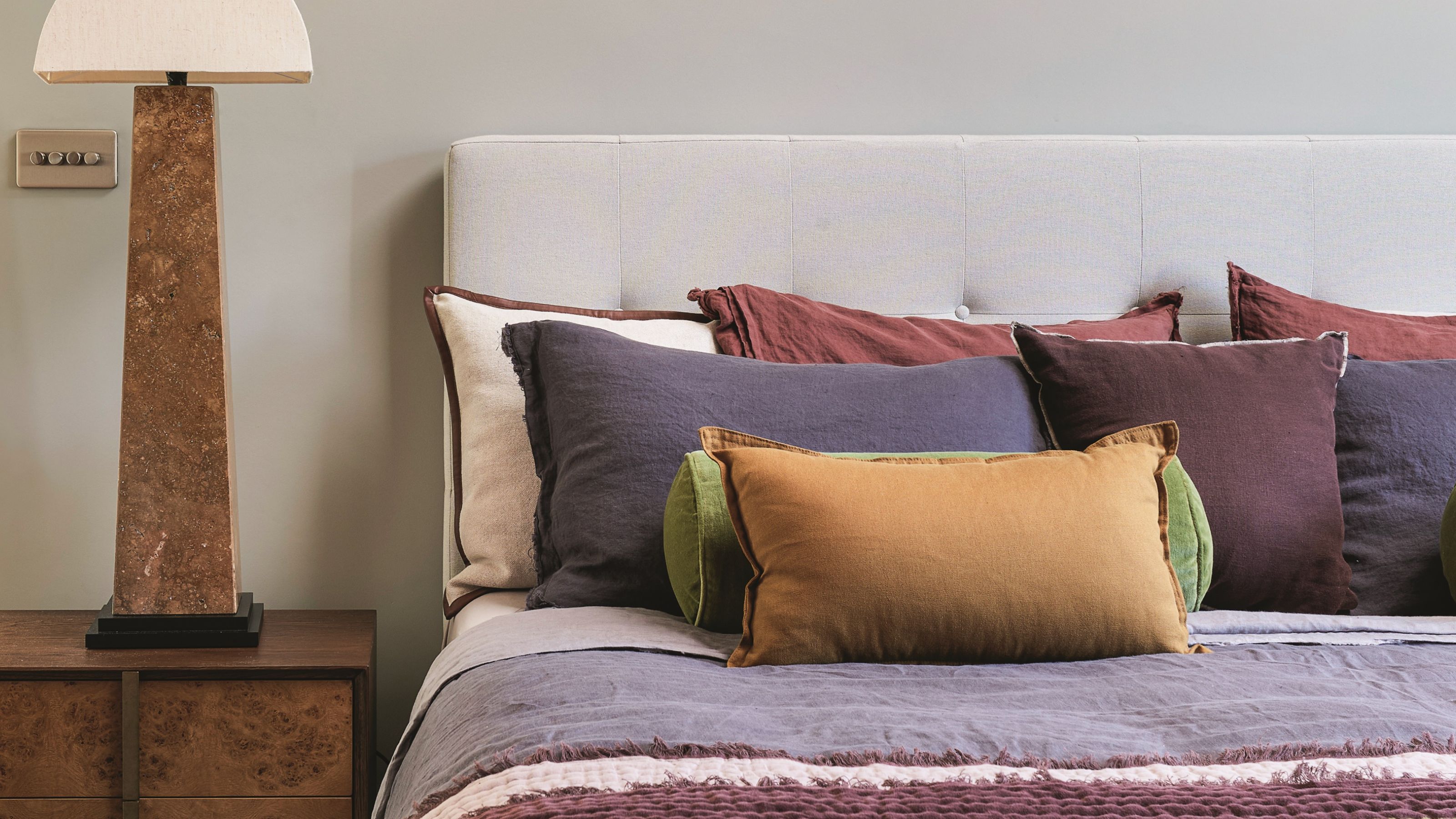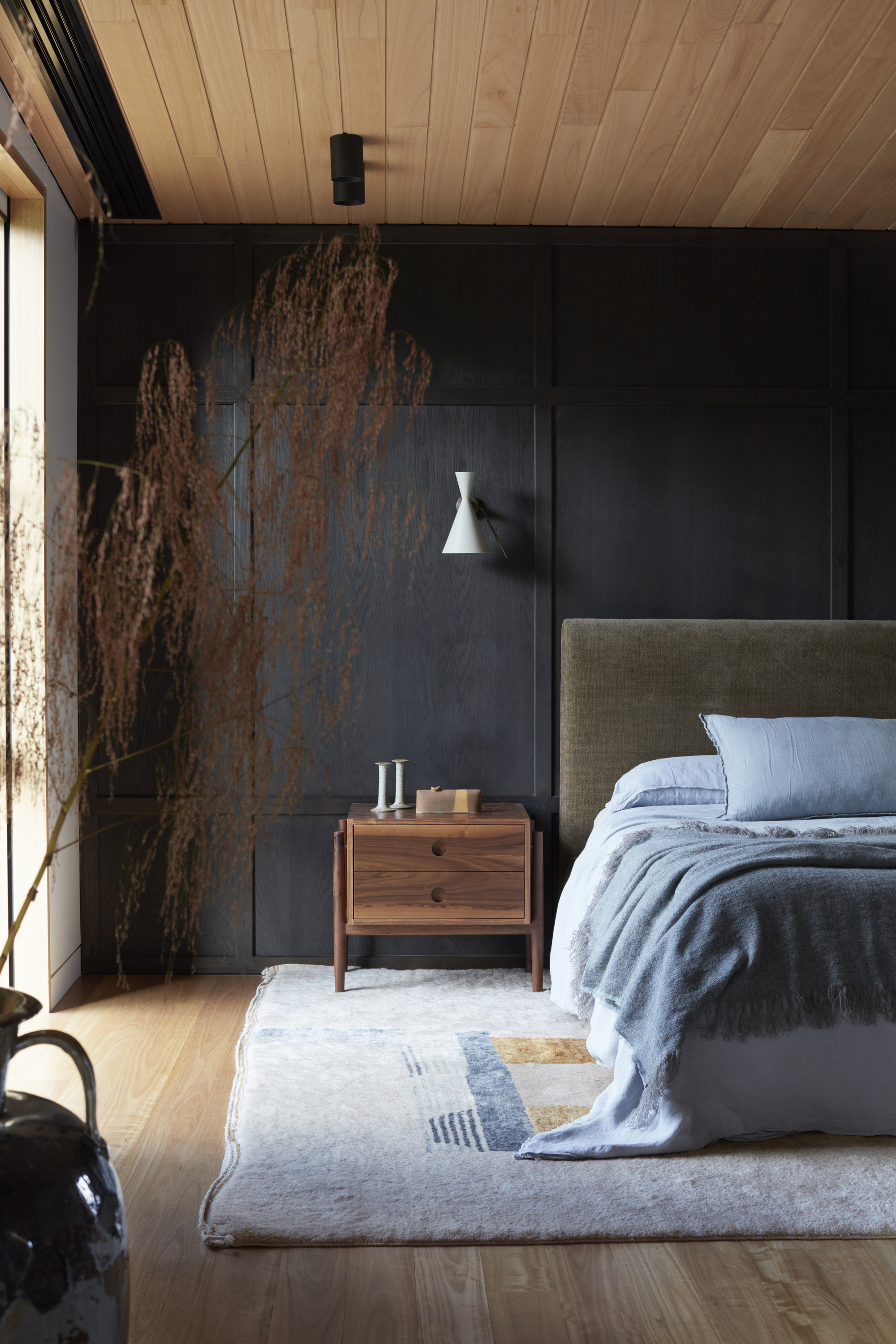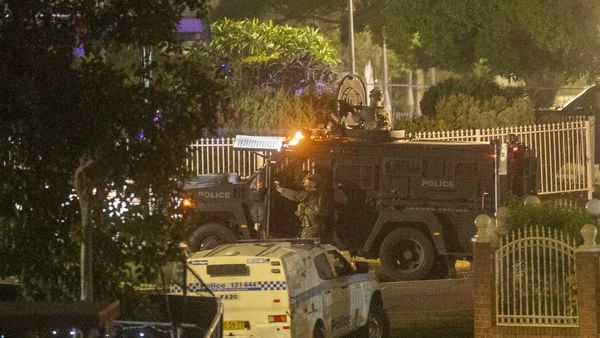
When you're looking at buying fancy bedding, there's a good chance you'll be confronted with a product listing that mentions what the sheets' thread count is — but what does it actually mean? I think, like a lot of people, I've always assumed the higher the number, the better the bedding; however, I know now that that's a bit of a myth. So, does thread count actually matter? And if so, what is the best thread count for sheets?
The answer, in short, is: yes, it does matter, but not exactly in the way you might think. There isn't, necessarily, a best thread count for bedding as such — it really depends on what you want to achieve with your bedding, your preferences, and even the time of year.
The truth is, investigating thread count leads you into some murky waters on what makes for the best bed sheets, so I've asked some experts the most common questions to get a clearer picture of what to choose.
What Is Thread Count?
"Thread count refers to the number of threads woven in one square inch of fabric, comprising both weft (horizontal) and warp (vertical) threads," explains Lauren Knowlson, head of design and development at bedding brand Rise & Fall.
Does Thread Count Matter for Sheets?

"Thread count does matter, but not in the way most people think," says Molly Freshwater, co-founder and creative director of Secret Linen Store. "Higher isn’t always better — you can have a beautiful 200 thread count sheet made from wonderful yarns, and a not-so-great 1,200 thread count made from poor-quality ones."
"It’s not just about the number; it’s about the quality of the threads and how they’re woven," Molly adds. "We always choose fabrics that feel good against the skin and are strong enough to last, because that’s what really makes the difference."
A higher thread count might sound like you're getting more from your sheets, but too high and they can become too heavy.
So, what should you look for instead if thread count isn't the biggest indicator of quality?
"Always the fiber," Molly recommends. "Natural fibers like linen and cotton are what I reach for every time. Look for long-staple cotton [such as Egyptian cotton sheets] or 100% linen — fabrics that are breathable, kind to skin, and improve with age. Where it comes from, how it’s woven, and even how it's finished matter more than any number on a label. Thread count gets all the attention, but the feel is what tells you if it’s right."
How it's woven is certainly something you'll want to consider, and the most common options you'll see are 'percale' and 'sateen'.
"The one up/one down percale technique means the bedding feels cool to the touch, while being gentle on the skin," explains Lauren Knowlson. Sateen is silkier, but can also be a little warmer and less breathable.
What Is the Best Thread Count for Sheets?

As I already mentioned, there isn't so much a 'best' thread count for sheets, so perhaps a better question is 'what is a respectable thread count for sheets?'
Experts generally agree that the ideal thread count for cotton sheets is somewhere between 300 to 600. However, other textiles, even those considered the best bedding materials, might have lower thread counts (though you'll often find that brands just don't mention them in this case).
Do Linen Sheets Have a Thread Count?

You typically won't hear brands talk about thread count in relation to the best linen sheets, and for good reason. "Technically, yes, linen has a thread count, but it's not the number you should be obsessing over," says Genevieve Rosen-Biller, founder of Bed Threads. "When it comes to the thread count of linen, it’s usually much lower than that of cotton due to the fact that the natural linen fibers are much thicker."
"To ensure quality, you can look at GSM [grams per square meter]," Genevieve says instead. "Our signature Bed Threads 100% French Flax Linen sits at 170 GSM, the optimum weight to ensure that your bedding is soft and cozy from the first sleep, yet durable enough to last for years (and years). Just make sure you’re buying sheets with a 100% fabrication, so they’re not blended with any other fabric.”
What's the Best Thread Count for Hot Sleepers?

Hot sleepers, by definition, are people who run hot when sleeping and struggle to regulate their body temperature, meaning they'll need to look for bedding to combat this problem. This can mean a different thread count, as well as bedding with properties such as moisture wicking.
"Hot sleepers should consider a lower thread count because sheets with a low thread count can be more breathable compared to those with a higher thread count," says Carlie Garsia, a Certified Sleep Coach at Sleepopolis. "This is because a less dense weave can allow for more airflow through the fabric."
"If you’re a hot sleeper, you may prefer something more lightweight, like a 300 or 400 thread count cotton," adds Joanna Ross, general manager of design at Sheridan. "Cotton is an incredibly versatile material, guaranteed to be soft as well as lightweight, the latter depending on the thread count." Materials such as linen and bamboo are also good choices for hot sleepers.
What's the Best Thread Count for Cool Sleepers?
For cold sleepers, you may want to take an opposite approach. Choosing high thread count bedding, consisting of tighter woven fibers that let less airflow pass through the fabric, will give you a little more insulation.
"Higher thread counts are great, especially if you tend to be a cold sleeper," says Julia Siemen, a Certified Sleep Science Coach at Sleep Advisor. "The tightly woven fabric allows for your bedding to trap heat and keep you warm throughout the night."
Once you've freed yourself from slavishly inspected thread count, you can open yourself up to all kinds of types of bedding, trying different, unexpected textiles. There's a whole world out there beyond cotton sheets, after all.







